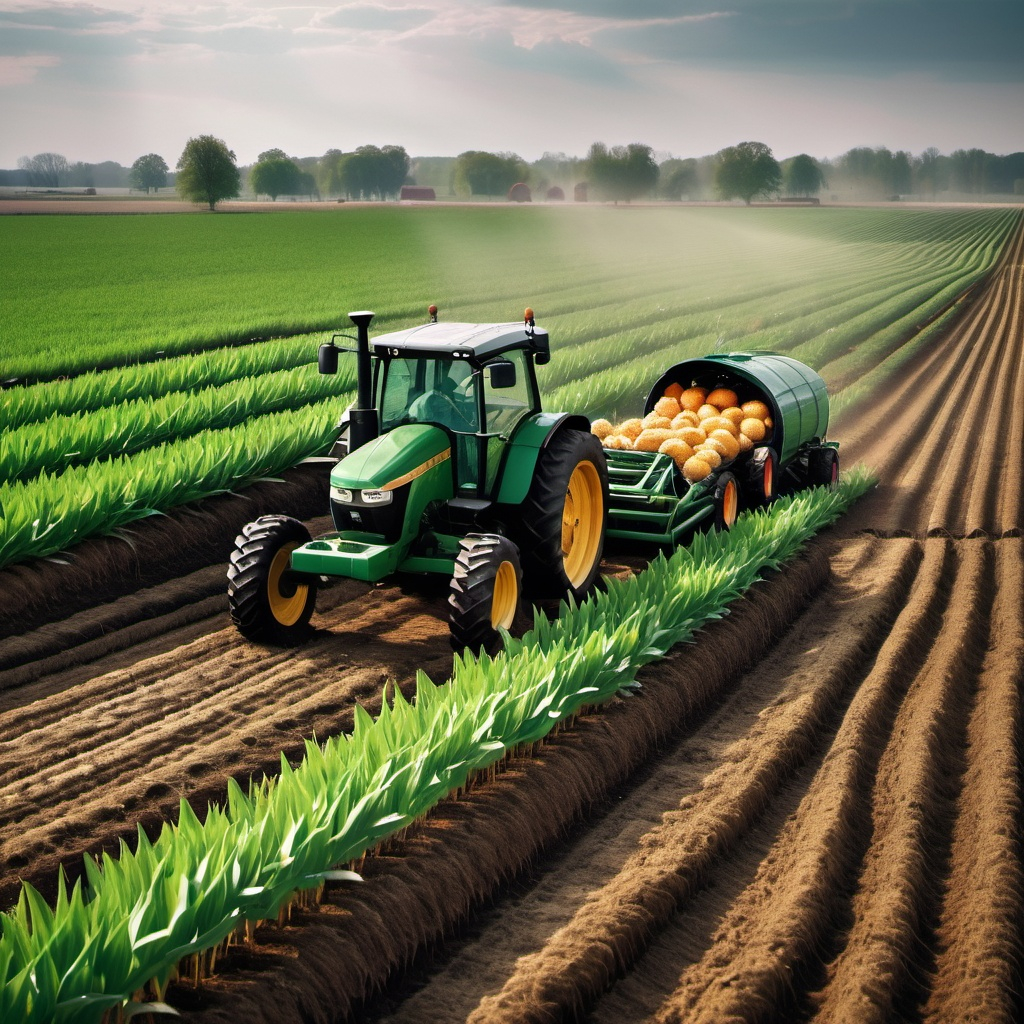
The Role of Agriculture in Pre-Industrial Society
Before the Industrial Revolution, agriculture was the dominant sector in most economies. The majority of people worked on farms, and their livelihoods depended on the success of the harvest. The agricultural system was based on traditional farming methods, with little technological advancement. Farming practices were labor-intensive, with manual labor being the primary means of cultivation.
The Agricultural Revolution
The period preceding the Industrial Revolution saw significant changes in farming techniques, commonly referred to as the Agricultural Revolution. New technologies and innovations, such as the seed drill and selective breeding, were introduced. The enclosure movement, which consolidated small farms into larger, more efficient ones, also played a role in transforming agriculture. These changes allowed for more efficient land use and greater food production, laying the groundwork for industrialization.
Technological Advancements in Agriculture
During the Industrial Revolution, various technological advancements improved agricultural productivity. The development of machinery, such as the mechanical reaper and threshing machines, helped farmers increase crop yields and reduce the amount of labor needed. These innovations not only boosted food production but also allowed workers to migrate to cities, fueling the growth of urban industries.
Shift from Subsistence to Commercial Agriculture
As agriculture became more mechanized and efficient, it transitioned from a subsistence-based system to one focused on commercial farming. Farmers began producing crops not just for their own consumption but for sale in local and international markets. This shift allowed for a more specialized and market-driven approach, where farms grew crops or raised livestock based on demand.
The Impact of Industrialization on Rural Communities
The rise of industrialization had a profound effect on rural communities. Many small-scale farmers found it difficult to compete with larger, mechanized farms. As a result, many rural workers left the countryside and moved to industrial cities in search of employment. This migration contributed to urbanization and the growth of industrial centers, while rural areas experienced depopulation and economic changes.
The Enclosure Movement and Its Consequences
The enclosure movement, which began in the 18th century and continued during the Industrial Revolution, played a key role in reshaping agriculture. Wealthy landowners enclosed common lands, making them private property and consolidating them into larger, more efficient farms. While this led to increased agricultural productivity, it also displaced many small farmers, forcing them to move to cities or become laborers on large farms.
The Role of Science in Agricultural Development
Scientific discoveries during the Industrial Revolution contributed to improvements in agriculture. Advances in crop rotation, soil management, and animal breeding led to better yields and more resilient crops. The growing knowledge of fertilizers and pest control methods further enhanced the productivity of farmland, ensuring that the food supply could keep pace with the increasing population.
Changes in Livestock Farming
The Industrial Revolution also brought significant changes to livestock farming. Selective breeding techniques improved the quality of animals, leading to larger, healthier livestock that could produce more meat, milk, and wool. Additionally, the development of new veterinary practices reduced animal mortality and improved overall herd management, allowing farmers to maximize the productivity of their livestock.
The Spread of Agricultural Innovations
Many of the innovations developed during the Agricultural Revolution and Industrial Revolution spread across Europe and to other parts of the world. Countries like the United States adopted new farming techniques, which contributed to the expansion of agriculture in their territories. The global exchange of agricultural knowledge and technologies helped transform farming practices and improve food security on an international scale.